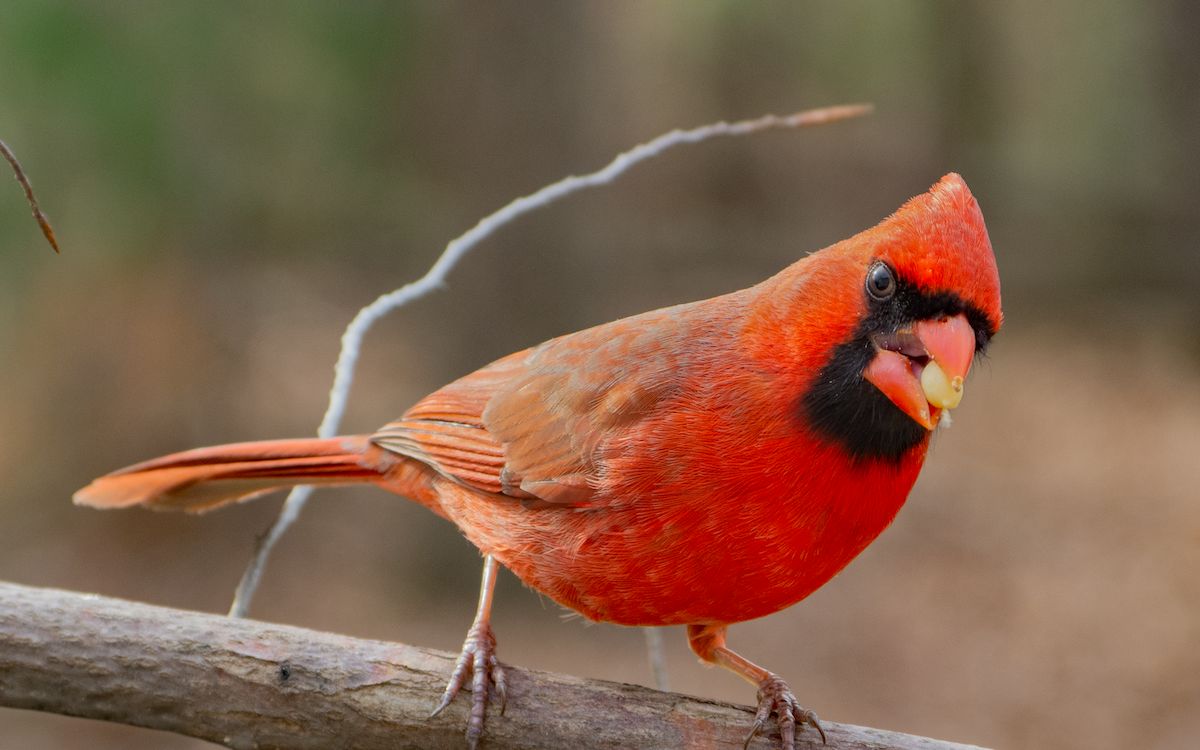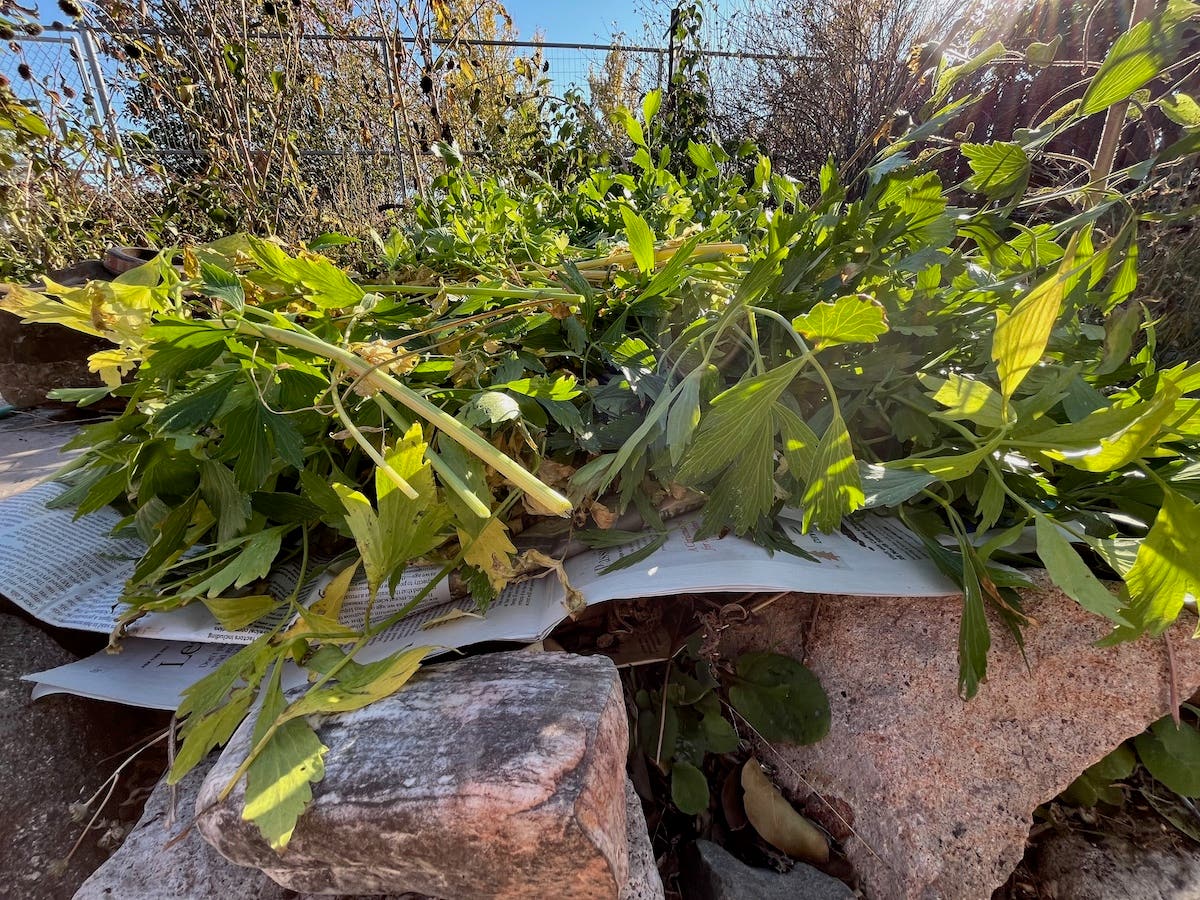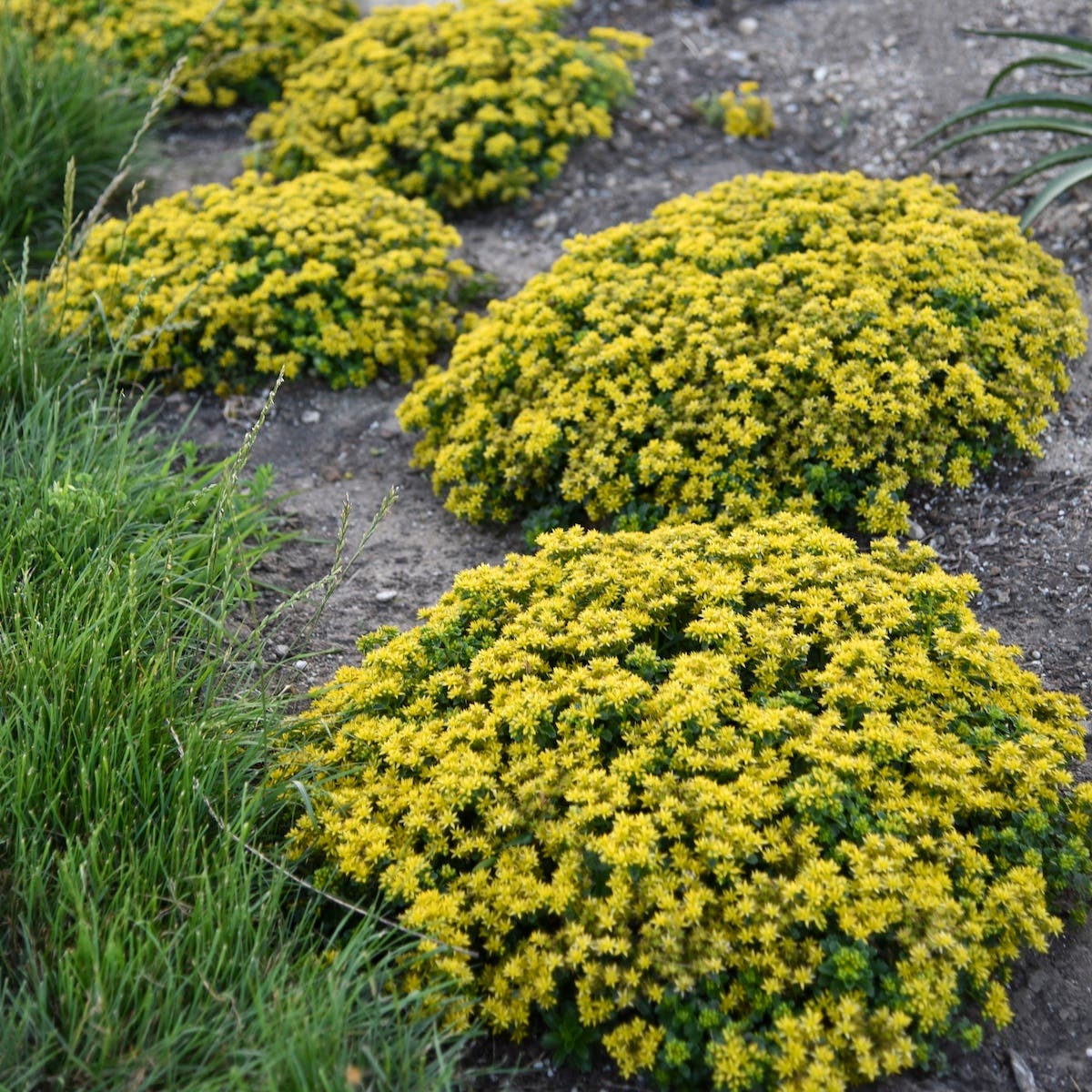The Way to Mow
Here’s an outline of the right way to mow the lawn, with tips for frequency, mowing height and more.
To keep your lawn healthy and attractive . . .
. . . Mow Often Follow the "one-third" rule: mow the grass when it has reached one-third taller than its optimum height (more on that below). If you wait longer, you'll have to remove more leaf tissue—perhaps cutting the grass blade in half—which puts more stress on the grass, making it less able to resist diseases or maintain a deep root system. For a lawn that is growing well, the one-third rule generally works out to about every 5 or 6 days. Yes, it may mean mowing twice a week when the grass is really growing fast in spring and fall. However, lawns kept at the proper height are easier and quicker to cut.
. . . Mow Tall Rather than keeping your grass cropped short, mow to a height of about 3 inches for cool-season grasses (bluegrass, tall fescue, perennial ryegrass) or 2 inches for warm-season grasses (zoysiagrass). Grass this tall will develop deeper, healthier roots. It will grow more densely, crowding out weeds like crabgrass. Taller grass also shades the soil, allowing it to retain moisture longer. Note: for the first mowing of the season on warm-season grasses, you might buzz it a little shorter; this will remove dead tissue and speed the greening process.
. . . Mow and Go When you're done mowing, just walk away. There is no need to collect the clippings and dispose of them. See "What To Do With Grass Clippings."
. . . Mow the Leaves In the fall, mow over fallen leaves. The shredded leaves will decompose into the soil, providing it with essential nutrients. You can do this a few times in the fall, and simultaneously cut down on the time you'll have to spend raking. Read more about using leaves as mulch.







